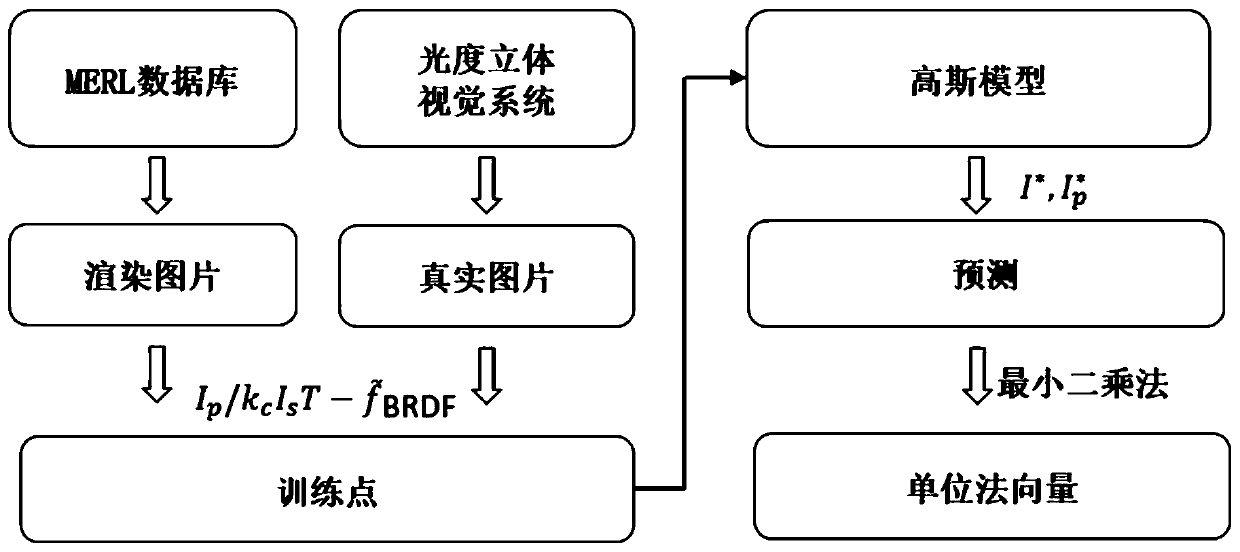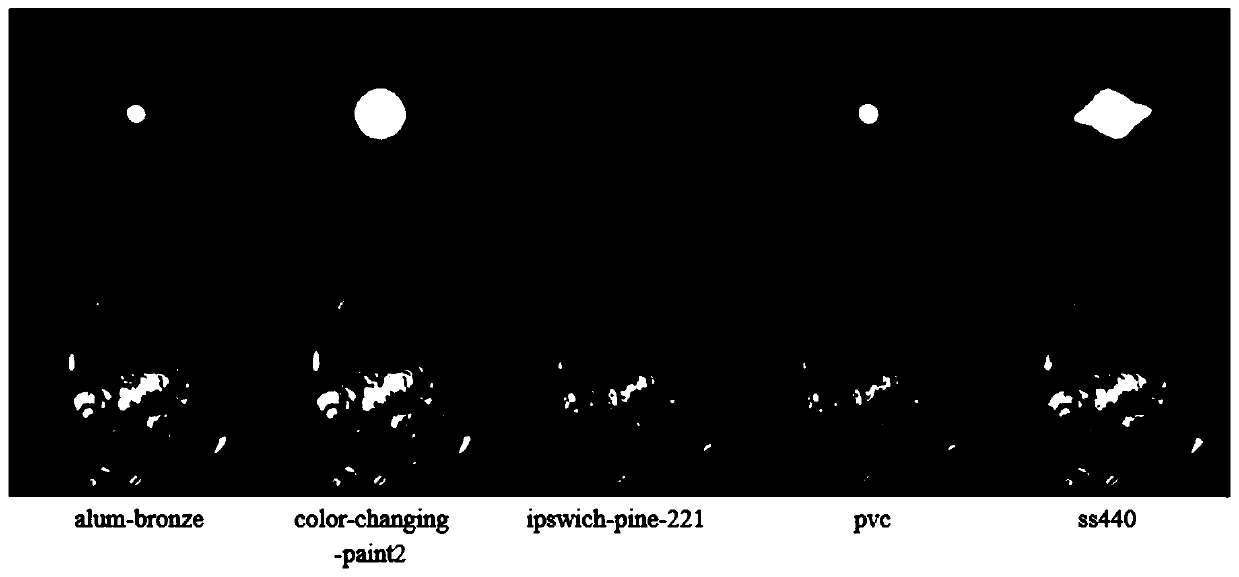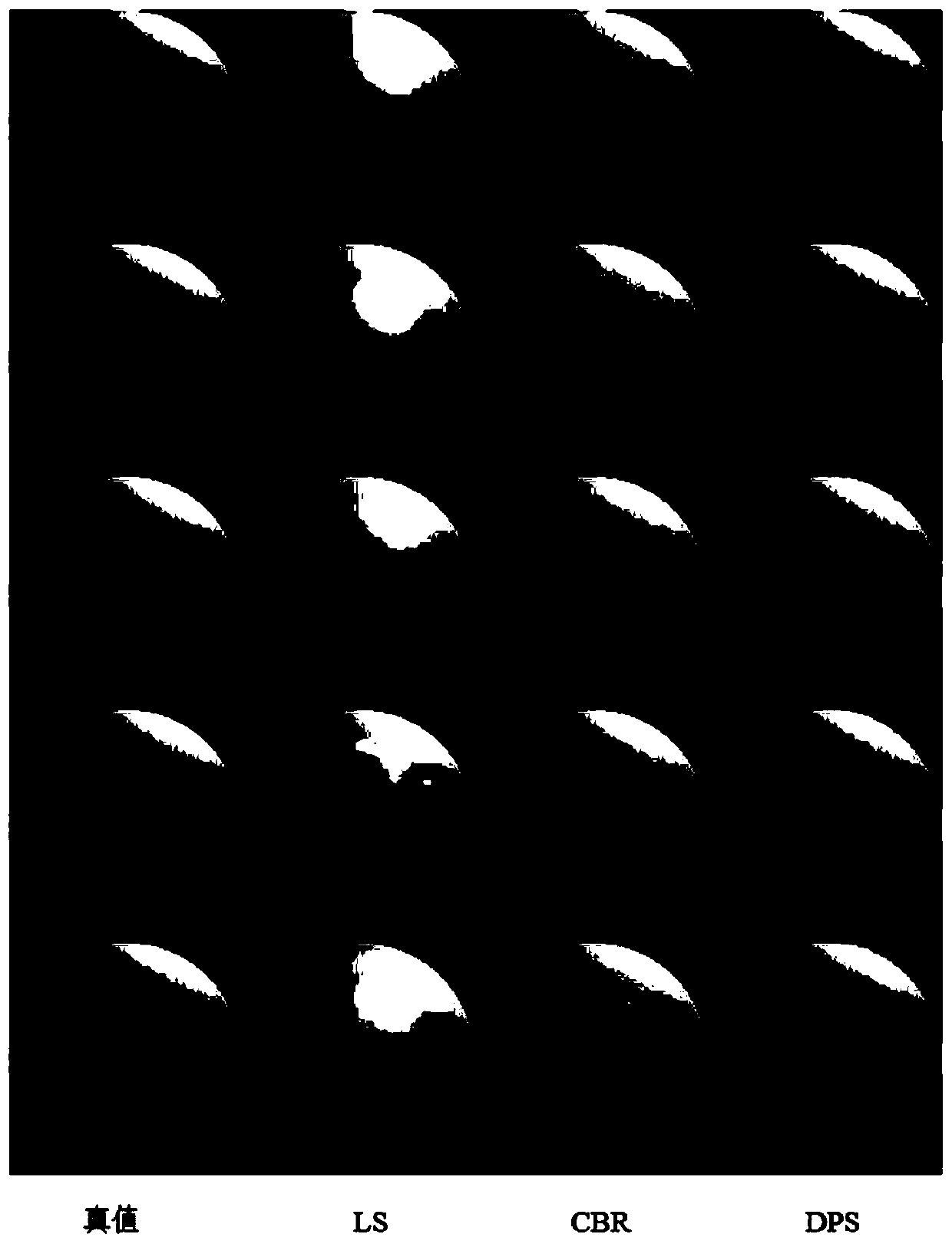Photometric stereo vision data driving global optimization algorithm for solving BRDF high nonlinearity problem
A photometric three-dimensional, data-driven technology, applied in image data processing, computing, instruments, etc., can solve the problems of cumbersome optimization iterative solution process, slow calculation speed, complex model, etc., and achieve the effect of ensuring training accuracy and prediction speed
- Summary
- Abstract
- Description
- Claims
- Application Information
AI Technical Summary
Problems solved by technology
Method used
Image
Examples
Embodiment
[0033] The present invention is further described below in conjunction with accompanying drawing:
[0034] In general, the BRDF of non-Lambertian materials is highly nonlinear, and the BRDF of different materials is not the same. Therefore, it is more appropriate to use the dense measurement data of a certain material to represent the BRDF of the material than the unified analytical model. The basic idea of the present invention is to obtain a reasonable mathematical model according to the measurement database of a certain material, and then infer the data in the corresponding material database according to the data model. Specifically, the present invention establishes the incident direction l, the observation direction v, the pixel record value I p The mapping model between BRDF and BRDF, and perform data inference according to the mapping model.
[0035] In order to realize the above idea, the present invention uses Gaussian process to establish a mathematical model. A...
PUM
 Login to View More
Login to View More Abstract
Description
Claims
Application Information
 Login to View More
Login to View More - R&D Engineer
- R&D Manager
- IP Professional
- Industry Leading Data Capabilities
- Powerful AI technology
- Patent DNA Extraction
Browse by: Latest US Patents, China's latest patents, Technical Efficacy Thesaurus, Application Domain, Technology Topic, Popular Technical Reports.
© 2024 PatSnap. All rights reserved.Legal|Privacy policy|Modern Slavery Act Transparency Statement|Sitemap|About US| Contact US: help@patsnap.com










